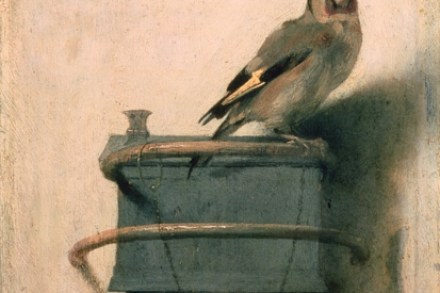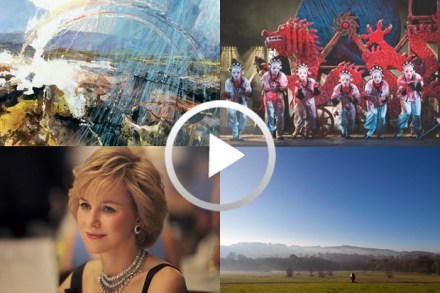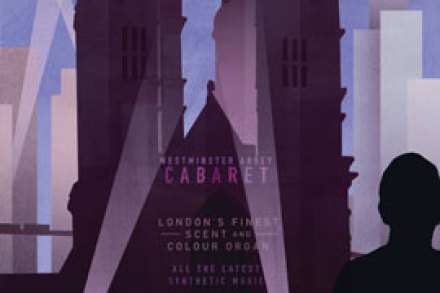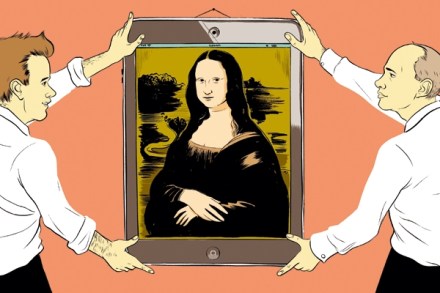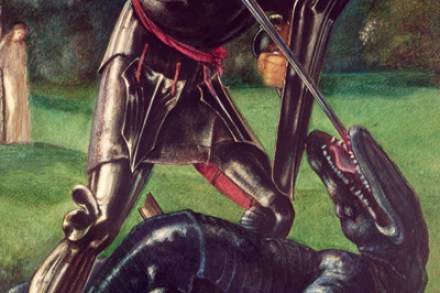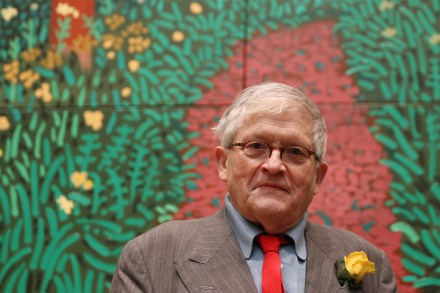Enter The Spectator’s Cartoon Competition and make £££s
What does it take to be a cartoonist? Do you even care? You should, because you are about to enter the Spectator’s inaugural Cartoon Competition. Yes, you are. Don’t throw your Spectator down in disgust. It is a noble profession. Plus, you will make millions from it. Do you even need to be able to draw? Well not as well as Tracey Emin, or Leonardo da Vinci, but you should be able to put pen to paper. Now to the hard part. What should your cartoon be about? Well, you’re never going to think of a good idea if you keep on looking at your phone. Put it down. Yes,


